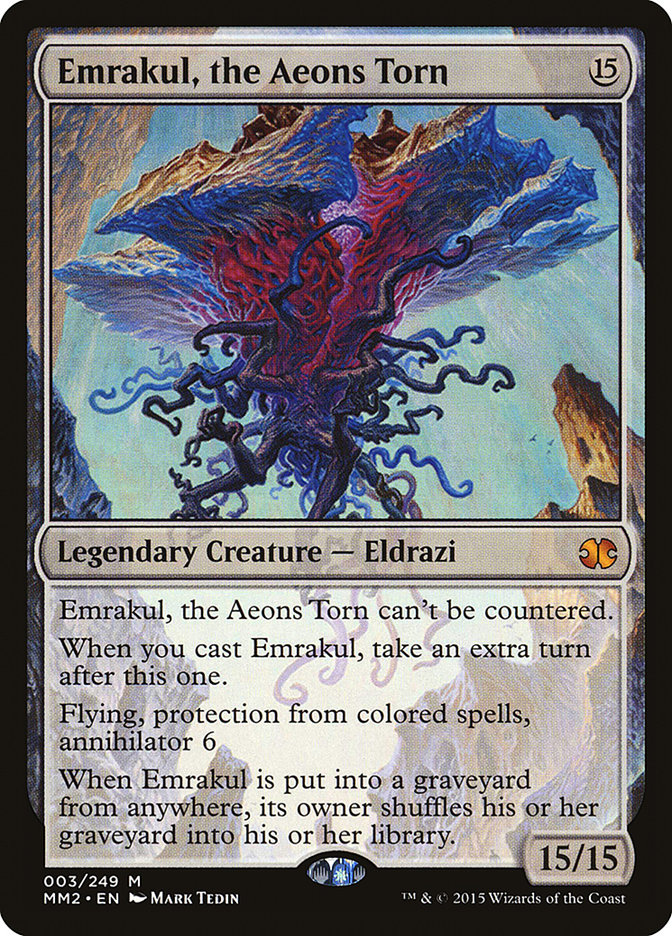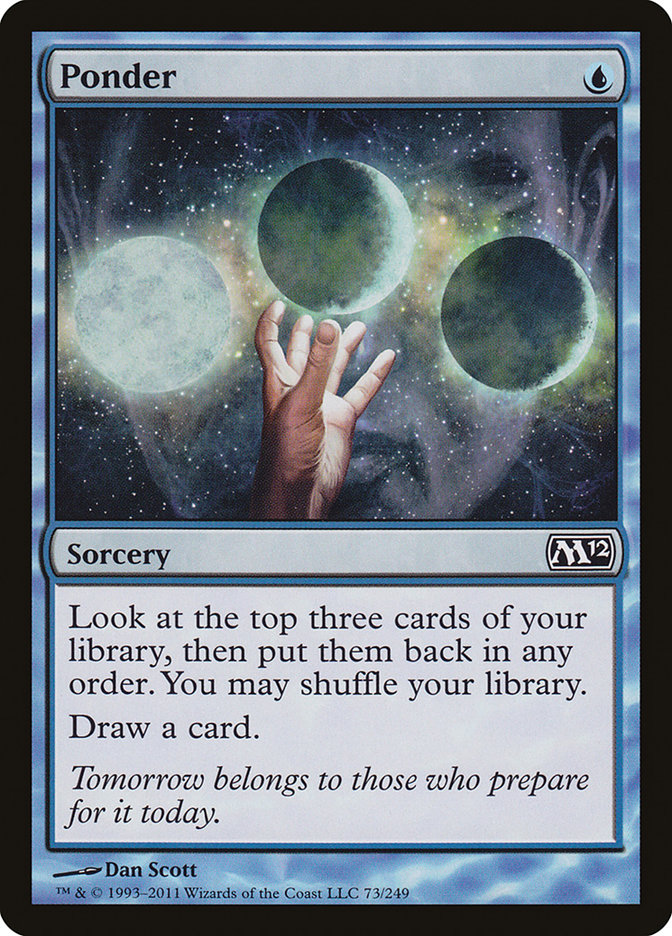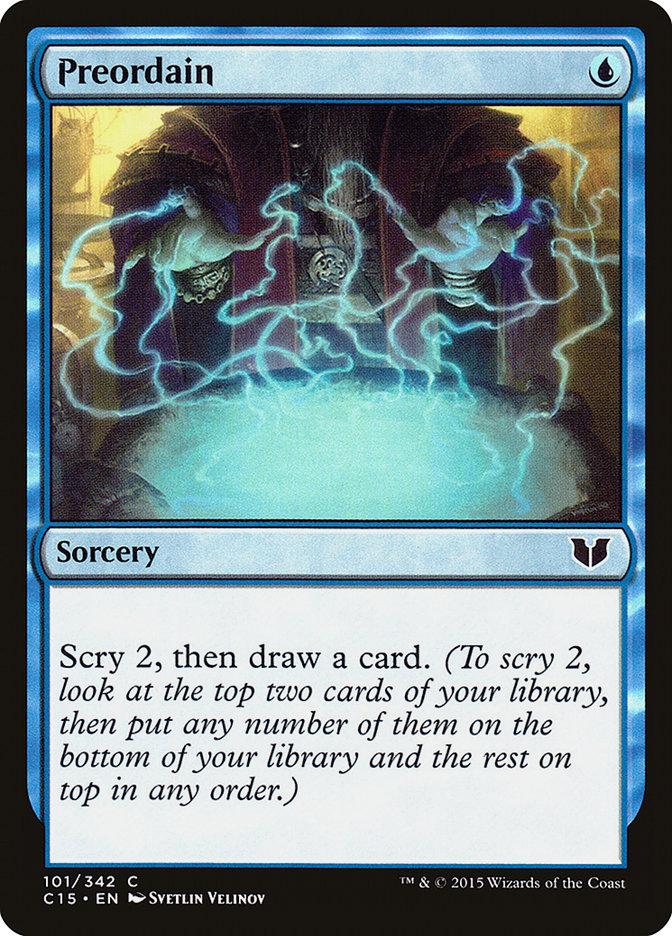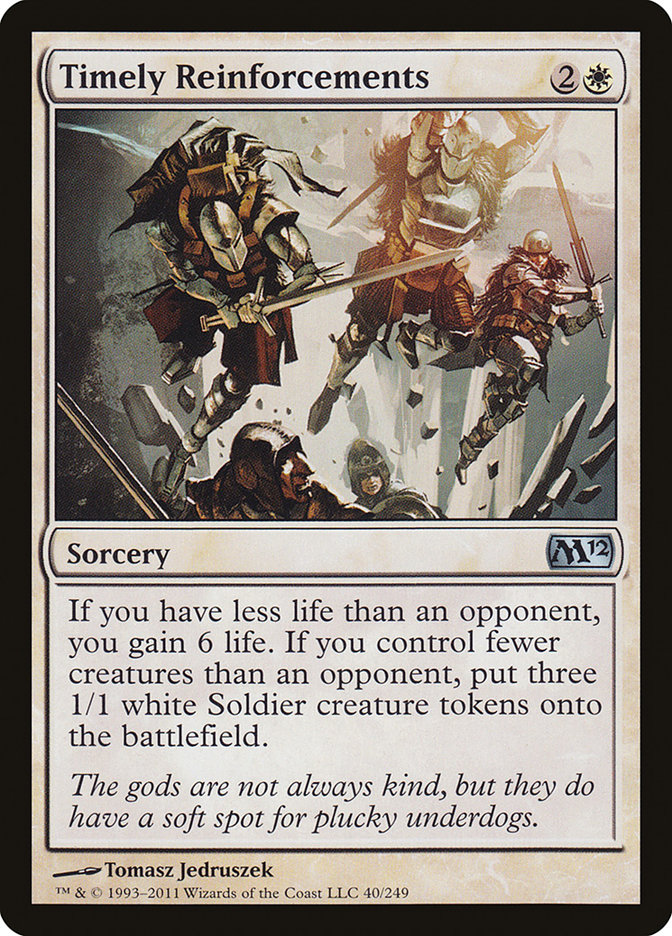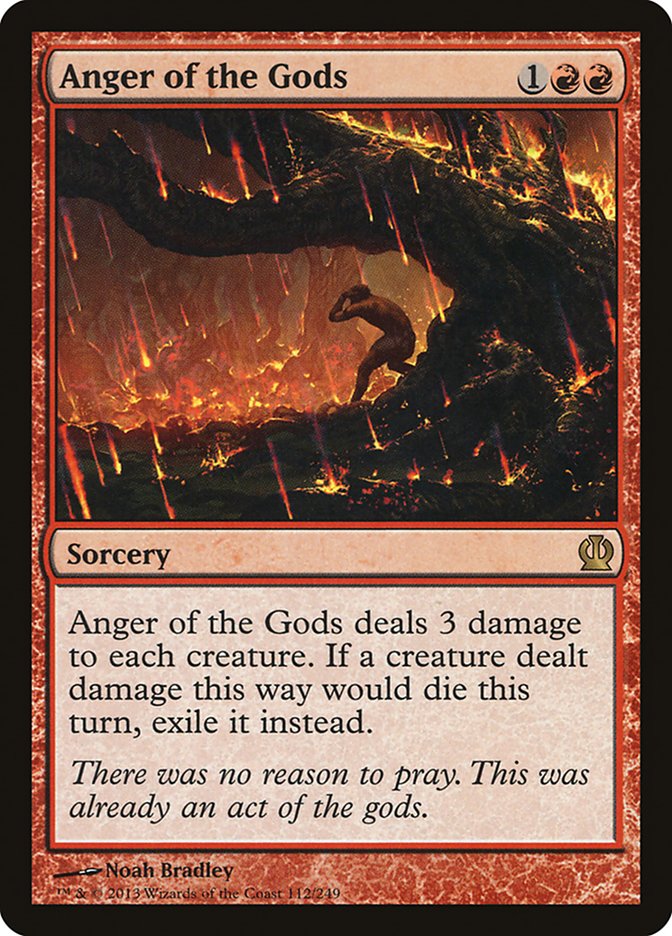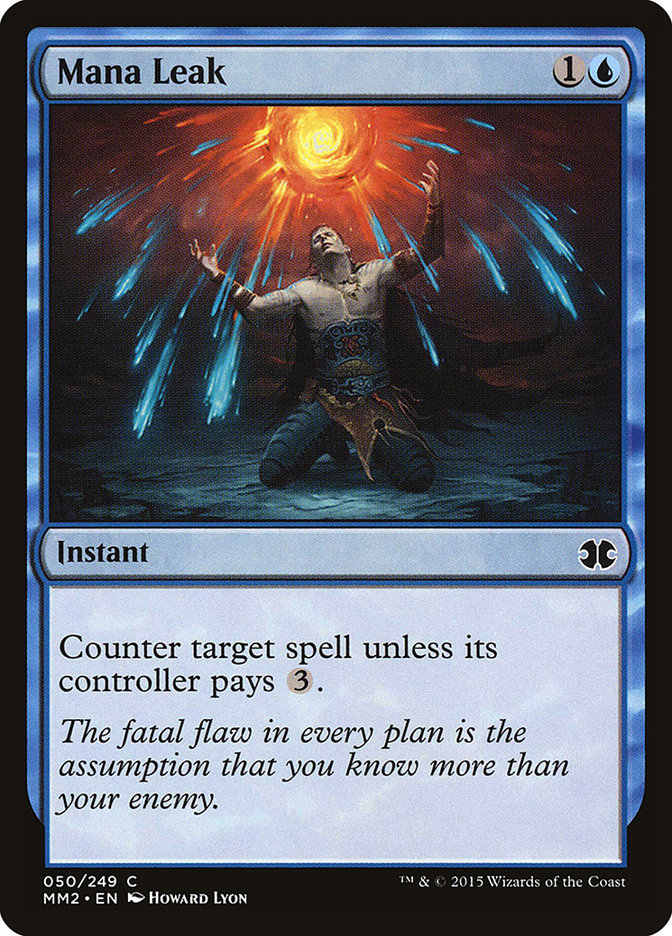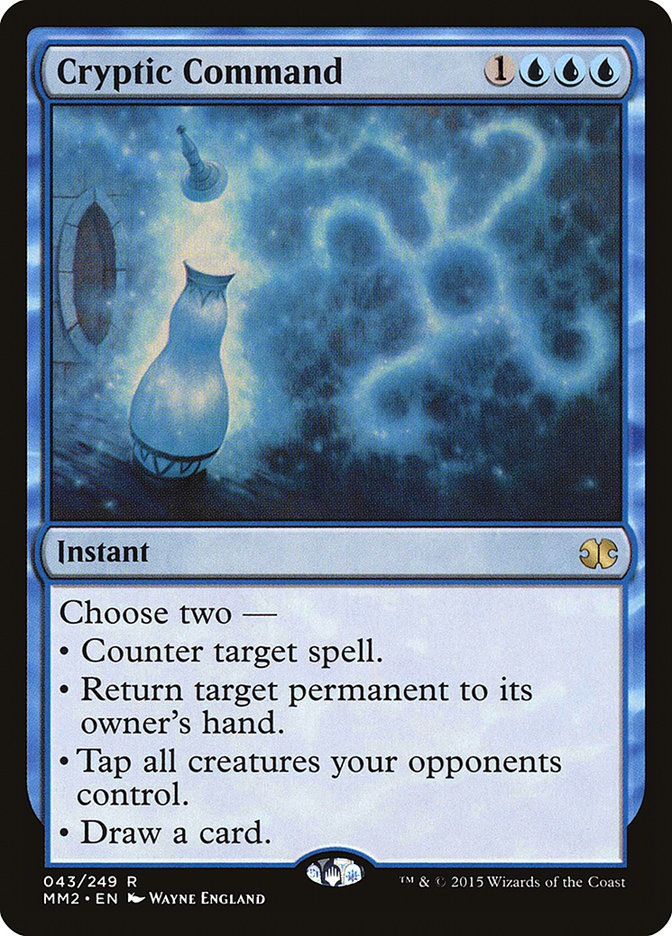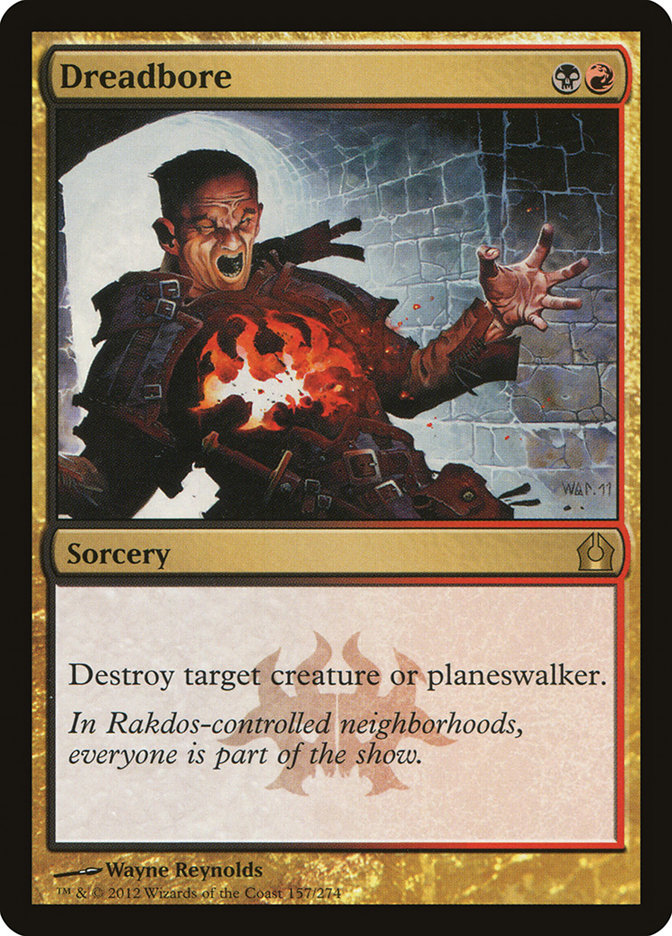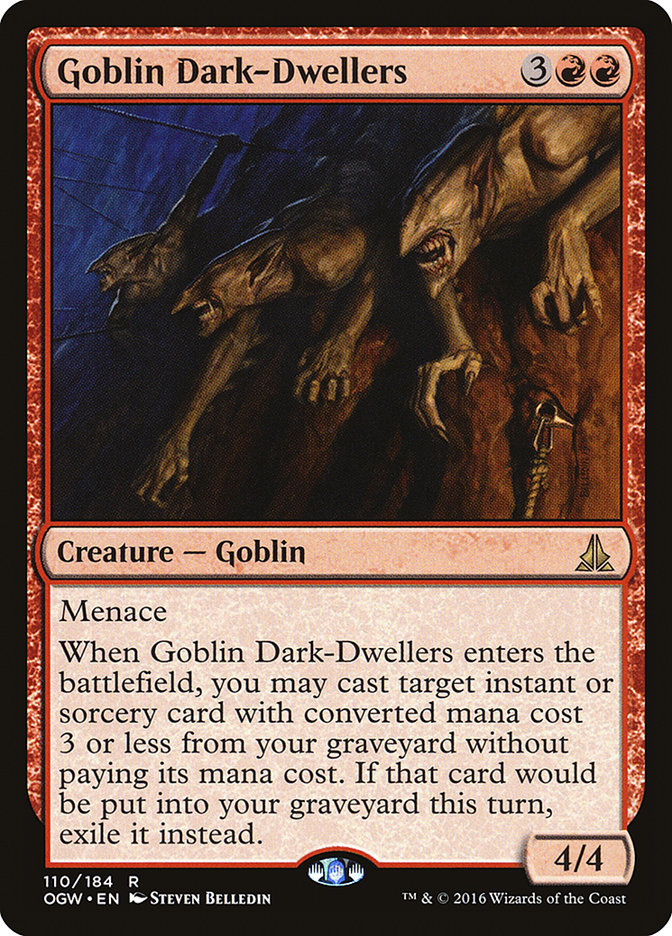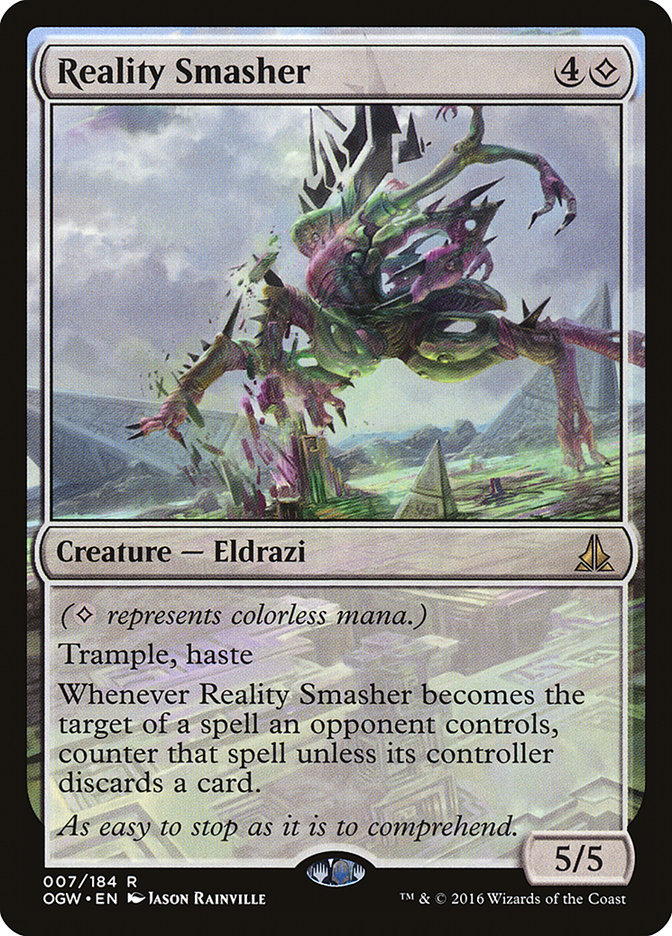Nahiri, the Harbinger is changing Modern. This past weekend with #SCGINDY and the Magic Online Championship was the first real set of events where Nahiri was a “known quantity,” and as a result it would be difficult to predict how she would perform. I suppose taking down the whole tournament isn’t too bad of a starting point:
Creatures (6)
Planeswalkers (4)
Lands (24)
Spells (26)

If I had attended the SCG Tour® stop last weekend, I would have likely sleeved up the same 75 that Gerry Thompson did battle with in the Magic Online Championship:
Creatures (5)
Planeswalkers (4)
Lands (23)
Spells (28)

Before we begin to touch on the decklists, let’s talk about Nahiri.
Why Is Nahiri Better in Modern?
The short answer is Emrakul, the Aeons Torn.
While Nahiri has some attractive elements (which are also amplified in Eternal formats, as we’ll get to) as a generically sturdy planeswalker that can play some level of offense and defense in Standard, there isn’t a particularly great payoff for reaching her ultimate. Certainly, dropping a Dragonlord Atarka or Archangel Avacyn onto the battlefield for a turn is powerful, but it is not at all guaranteed to win the game or even necessarily catch you up.
The fact that there is no sense of impending doom can even lead to odd battlefield states where she can be completely ignored. Standard is heavily dictated by planeswalkers and sticky threats, with many of them even representing the possibility for a combo kill finish. As a result, Nahiri’s -2 ability can be potentially a nonfactor for an opponent.
Don’t discount this as me saying that Nahiri, the Harbinger is unplayable in Standard, but rather that she is more interested in fulfilling niche roles than being a staple haymaker – which I believe she will prove to be in Modern.
Back to Emrakul. The beauty of this “combination” is that the opportunity cost is so incredibly low. This is another reason that I find it hard to fathom that I’m seeing decklists with fewer than four copies of Nahiri, and some folks are even leaving Emrakul out!
While this might be more defensible in decks like R/G Valakut, there are still going to be corner-cases where retrieving Primeval Titan or another large threat from your deck won’t be good enough. Emrakul is almost always just game over and gives any strategy a way to win through any utter nonsense of opposition, including Abzan Company’s infinite life combo.
For Jeskai Control in particular, this has been a huge problem. Jeskai was largely dependent on playing out as a glorified Burn deck that had access to a sprinkling of card advantage. Eventually they would be forced to transition into an offensive stance with various Lightning Bolts and Celestial Colonnade hits to try to get their opponents dead. They were never able to truly play as a control deck because they were never working toward anything insurmountable.
Nahiri/Emrakul gives Jeskai that “something” to work toward. By simply casting a few key pieces of interaction and landing a Nahiri that you can protect for a few turns, the game just ends. There’s no fear of getting topdecked on for five turns because your opponent simply dies. The game ultimately warps to being entirely about Nahiri, and there are very few commonly played clean answers to a planeswalker that costs more than three (Abrupt Decay) and has a massive amount of loyalty.
The Emrakul itself can be a nuisance at times, but Nahiri naturally plays well with it. In an ideal world we just use Nahiri’s plus ability twice and kill our opponent, and her plus ability naturally gets rid of the Emrakul and places it back in our deck. It might be possible to get unlucky and repeatedly hit the Emrakul, but the chances of that are remarkably low.
Build your decks to support the five slots. Having a single “dead” card in your deck to make the Harbinger your dedicated win condition will give many Modern decks a ton of additional percentage points in matchups that were previously difficult.
The Other Two Abilities
This is something that I covered way back when I was advocating for Jace, Vryn’s Prodigy in Modern. The value of a single card worth of selection is not static. There is a correlation between the overall power of a format and the impact of velocity. This is precisely why Brainstorm is the most powerful card in Legacy and why Ponder and Preordain are banned in Modern.
While “Rummaging” a card may not seem like such a big deal on the surface, when that effect is attached to a +2 on a planeswalker, that’s an incredible ability in Modern. Every activation of Nahiri, the Harbinger puts her further out of range while also significantly improving the quality of your draws and ability to work toward more ways to keep both Nahiri and yourself alive.
It wouldn’t even surprise me if there was a world where Nahiri’s discard side-effect was an advantage. This is already built in to some degree with her insurance on Emrakul, the Aeons Torn, but who’s to say there isn’t the possibility of some madness or Flashback cards making an appearance? It is worth nothing that hard graveyard-matters strategies are probably a no-go due to the ability to hit an Emrakul, but there are still many unexplored ways to leverage Nahiri’s most used ability.
Nahiri’s -2 ability is also much more powerful in Modern. I already touched upon this, but with the state of Standard leaning toward tokens and planeswalkers, it can be difficult at times to use Nahiri’s exile effect properly. In Modern this is a completely different story, as battlefield states are much more compact and focused on a few powerful creatures.
This is very similar to Liliana of the Veil’s place when she was in Standard. While a powerful card, she was rarely featured as anything more than a role-player. When the interaction is as efficient as it is in Modern, it is much easier to sculpt a game toward play patterns where one manages all of their opponent’s threats up the curve until landing a Liliana or Nahiri to “eat” the final threat and maintain advantage on the battlefield. At that point, an opponent must take the turn off to eliminate the planeswalker or play another creature to threaten it. If Nahiri can then Sift through a card and get back to four loyalty, there’s a great chance she will go on to dominate the game.
Exiling enchantments and artifacts is far more powerful in Modern. While there is a reasonable chance that the majority of artifacts one plays against will never become tapped, Nahiri, the Harbinger provides a massive amount of insurance against the likes of Blood Moon, Choke, Wild Defiance, Detention Sphere, Vedalken Shackles, Eidolon of the Great Revel, various pairs of Bogle pants, and Keranos, God of Storms, to name a few popular choices.
Overall, Nahiri is a powerful proactive threat that also serves as a versatile piece of interaction against a wide variety of opposing threats. She also provides card selection.
Nahiri basically does everything.
On the Two Jeskai Lists
At their core, Pete Ingram and Gerry Thompson’s Jeskai lists have similar goals. The ways in which they achieve these goals are completely different, however. Gerry’s choice to overload on Remands as his counterspell of choice is highly indicative of how he’s trying to operate as a tempo deck, using his spells to buy time and tick down Ancestral Vision before playing Nahiri and getting over the finish line ahead of his opponent.
This is further supported by the inclusion of cards like Timely Reinforcements and Anger of the Gods. These are not long-term solutions to problems, but rather means by which to keep an opponent off-balance and buy more time for Nahiri.
Pete Ingram chose instead to play more “hard” countermagic like Mana Leak and Cryptic Command alongside several more pieces of removal and interaction.
Critically, he has zero copies of Ancestral Vision in his maindeck. While this might seem like it would increase the reliance on Nahiri, the Harbinger, I don’t necessarily think that is the case. A higher land count and four copies of Celestial Colonnade alongside additional interaction means that his Nahiris are more likely to be going -2, and instead he’s embracing more of an “old-school” approach to Jeskai Control that incidentally has Nahiri as a win condition and source of card advantage.
It’s unclear which approach is the better of the two, or whether there is a third (or even more) way in which to build a Jeskai Control deck.
I do know that there is going to be a floodgate of new strategies and older improved ones that will begin to incorporate Nahiri. As I mentioned previously, the opportunity cost is so low for such a powerful effect, why wouldn’t they?
I mentioned that I was critical of the idea of playing Nahiri without Emrakul in R/G Valakut specifically.
Let’s take a look at that:
Creatures (9)
Planeswalkers (4)
Lands (25)
Spells (22)

This is a fairly elementary swap from Daniel Hendrickson’s third-place list from #SCGINDY. I like the look of this quite a bit, as it can turbo out Nahiri or a Primeval Titan in a hurry and consistently. When we’re already committed to the idea of playing Through the Breach, I see no issue with our “fun-of” Emrakul, and it can (for the most part) effectively take the slot of a Summoner’s Pact as “another big thing.”
I will say that any adjustments, even small, in the mana are felt. It certainly didn’t look right to go down as low as fourteen green sources, so I added a Cinder Glade, which could be wrong. I don’t think the basic Plains can be avoided.
Another idea is something that I’ve talked about with a few folks but have yet to put on paper:
Creatures (22)
- 1 Birds of Paradise
- 4 Wild Nacatl
- 4 Noble Hierarch
- 4 Knight of the Reliquary
- 1 Emrakul, the Aeons Torn
- 2 Scavenging Ooze
- 3 Loxodon Smiter
- 3 Voice of Resurgence
Planeswalkers (4)
Lands (22)
Spells (12)
Sideboard

This is a bit of an extreme take on templating Todd Stevens’s Naya Company deck into a shell to support Nahiri. While Collected Company and Nahiri are not at all comparable in terms of their effects, they both have the ability to put opponents into a bit of a squeeze.
It is incredibly difficult for opponents to hold off an assault of undercosted threats and planeswalkers with high loyalty simultaneously. This deck also has the potential to shift gears and take a more controlling stance with its creatures – simply playing to “protect the queen” and get Nahiri up to ultimate as quickly as possible.
I won’t suggest that this deck is ready to go, but rather that Nahiri has a huge ceiling on what is possible with her.
Switching gears a bit, how might some decks choose to adjust to the imposing stature of the Harbinger?
I never learn, so of course I’ve been thinking about how I might go about updating Grixis Control:
Creatures (10)
Lands (23)
Spells (27)
- 4 Lightning Bolt
- 3 Mana Leak
- 4 Serum Visions
- 3 Terminate
- 2 Ancestral Vision
- 1 Slaughter Pact
- 3 Inquisition of Kozilek
- 3 Thought Scour
- 2 Dreadbore
- 2 Kolaghan's Command
Sideboard

I believe Dreadbore is a powerful option for any B/R Decks and will likely slot into Mardu, Jund, and Grixis strategies. Having a clean answer to Nahiri is definitely welcome, and Grixis already had pre-existing trouble with planeswalkers like Liliana of the Veil and Karn Liberated. Dreadbore is certainly much worse than Terminate in matchups like Infect and Affinity, but even then I’ve almost always felt like I just wanted to draw more hard removal in many matchups.
Generally speaking, I like where this deck is, including its sideboard being mostly a collection of brute-force options, specifically Boom // Bust and its ability to team up with Goblin Dark-Dwellers for the full Armageddon.
My only real issue is with my split on velocity spells.
I know that I want copies of Goblin Dark-Dwellers because it is generically powerful and is an option to close that actually puts Grixis so far ahead that it can’t lose in fair contests. “Flashing back” Ancestral Vision and Kolaghan’s Command is just too good. The problem is that I have to actually play Ancestral Vision. My “solution,” and I use that term as loosely as possible, is to use Thought Scour as a means to backdoor into the Dark-Dwellers combo, incidentally power up my Dark-Dwellers and Snapcaster Mages, and generally make my deck more fluid.
I don’t know if this is actually a viable solution, but I didn’t care to draw as many Ancestral Visions in Game 1 as I did at #SCGMKE. I frequently sideboarded them out and I incidentally flooded because I didn’t have as much cheap velocity and a higher land count. Theoretically, this is a fix.
My closing list is entirely theory. I’ve spent some time watching Sam Black’s cool Temur Traverse Modern deck that he brought to the Magic Online Championship. I firmly believe that his deck will pave the way for a variety of powerful strategies that use Traverse the Ulvenwald in Modern. Here’s my take on applying his concept in an R/G Eldrazi shell:
Creatures (18)
- 4 Sakura-Tribe Elder
- 4 Tarmogoyf
- 2 Spellskite
- 1 Ulamog, the Ceaseless Hunger
- 2 World Breaker
- 1 Reality Smasher
- 4 Thought-Knot Seer
Lands (21)
Spells (21)

A big problem with Gerry and Todd’s list from #SCGMKE was its low threat density and lack of ability to interact with an opponent. I think this is a step from the right direction. Traverse the Ulvenwald generates consistency and gives the deck access to disruptive bullets and late-game haymakers.
The single Reality Smasher feels strange, but with the efforts to create delirium, I think it makes sense to start leaning on the cheaper and more reliable Tarmogoyf as a threat that bridges into larger Eldrazi and a fine roadblock for containing our opponent’s aggression.
All of the details are up in the air here, but I like the look of this deck and its implications for the future.
As usual, it’s unclear at this point what I will be shuffling up at #GPCharlotte this weekend, but I know that it’s likely to contain Nahiri, the Harbinger. At the very least, I’ll have a plan for her, and you should too!



